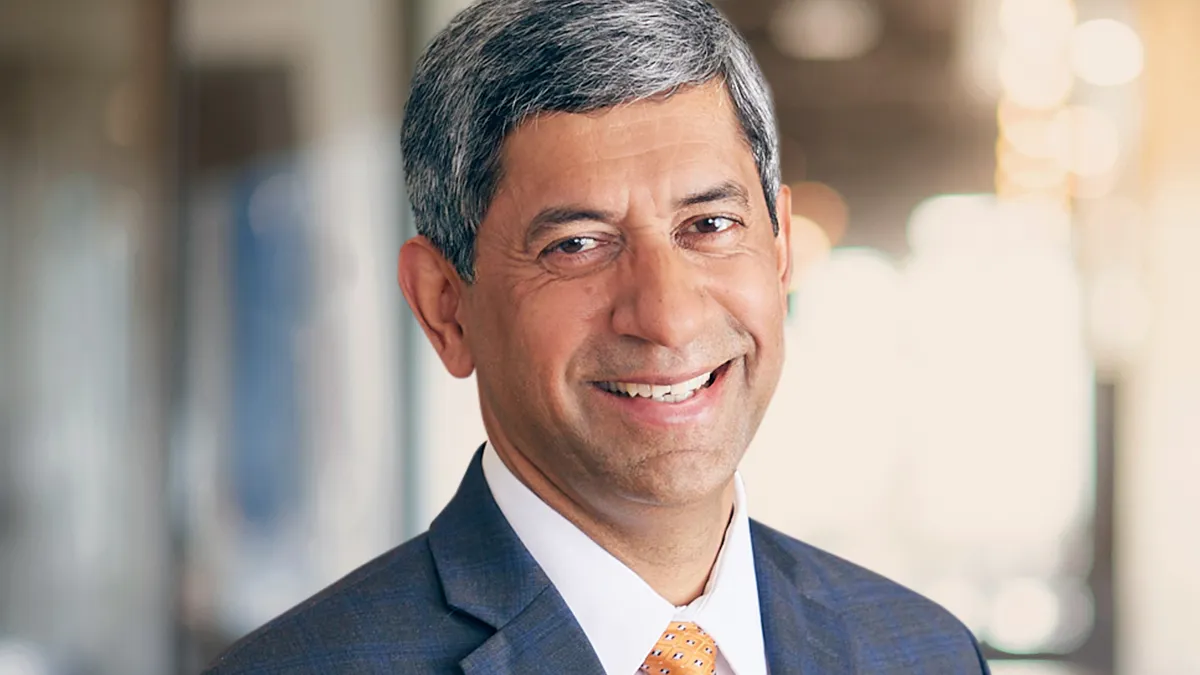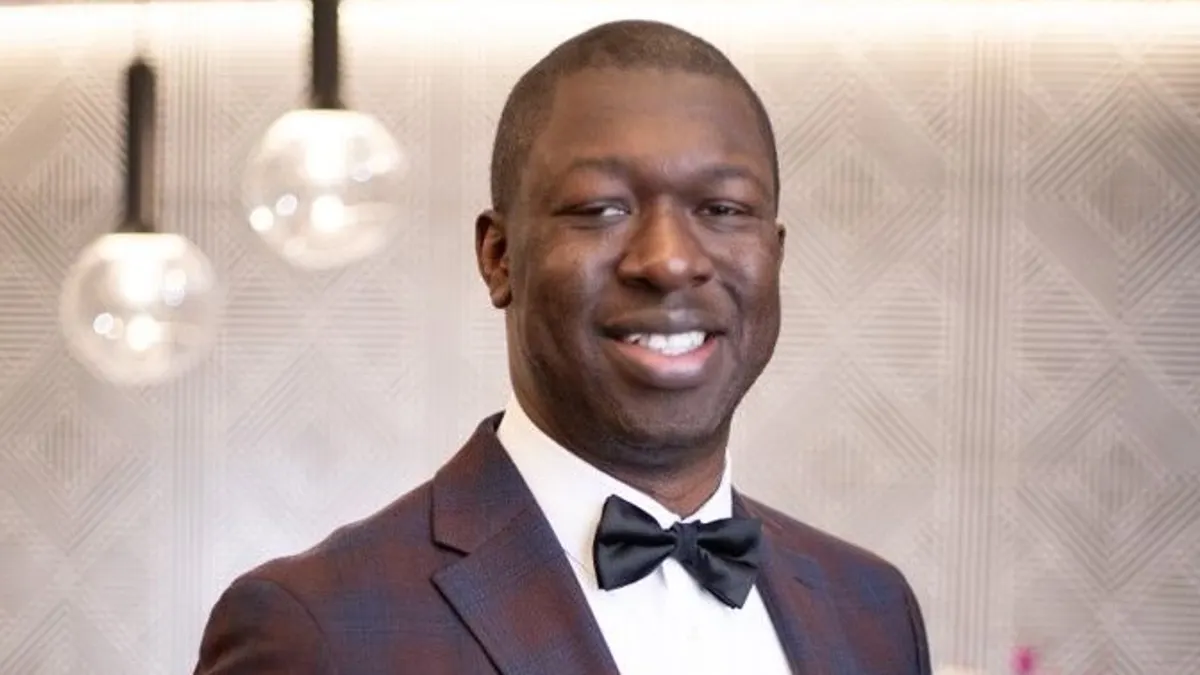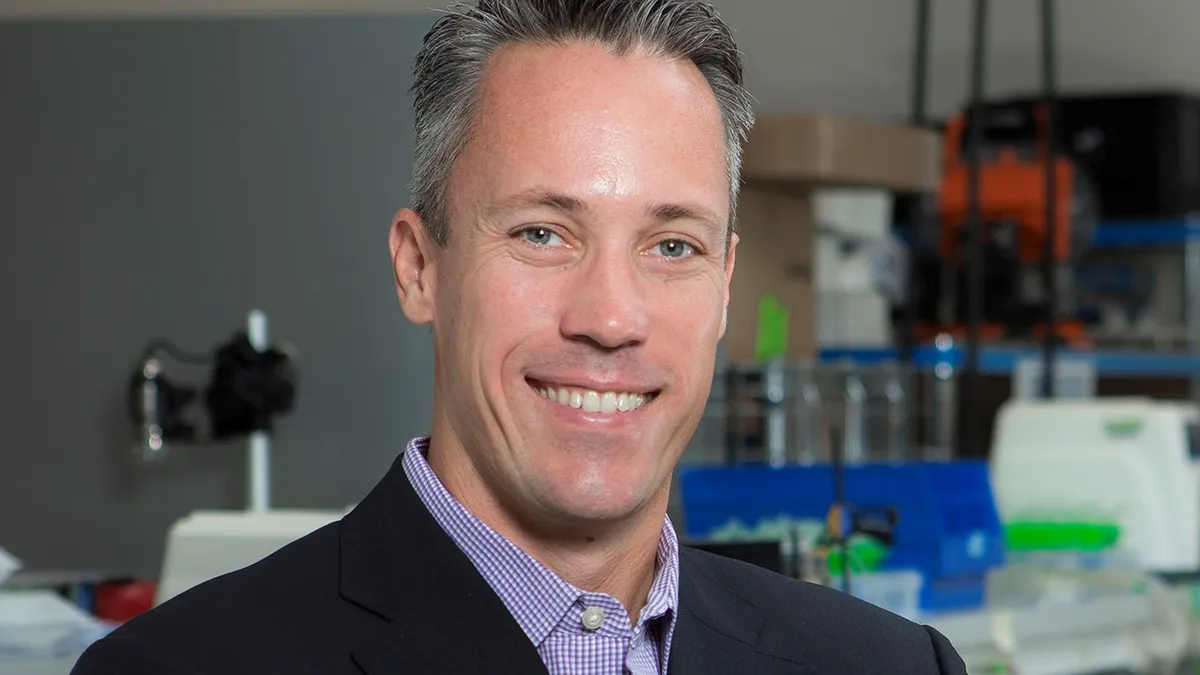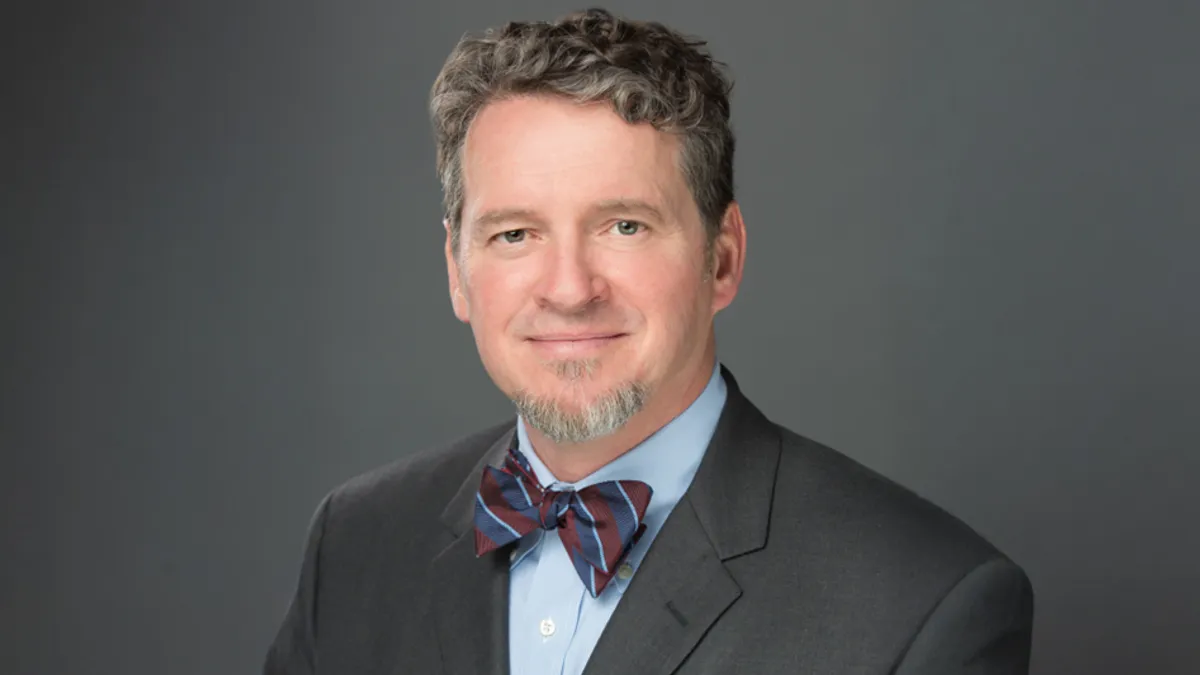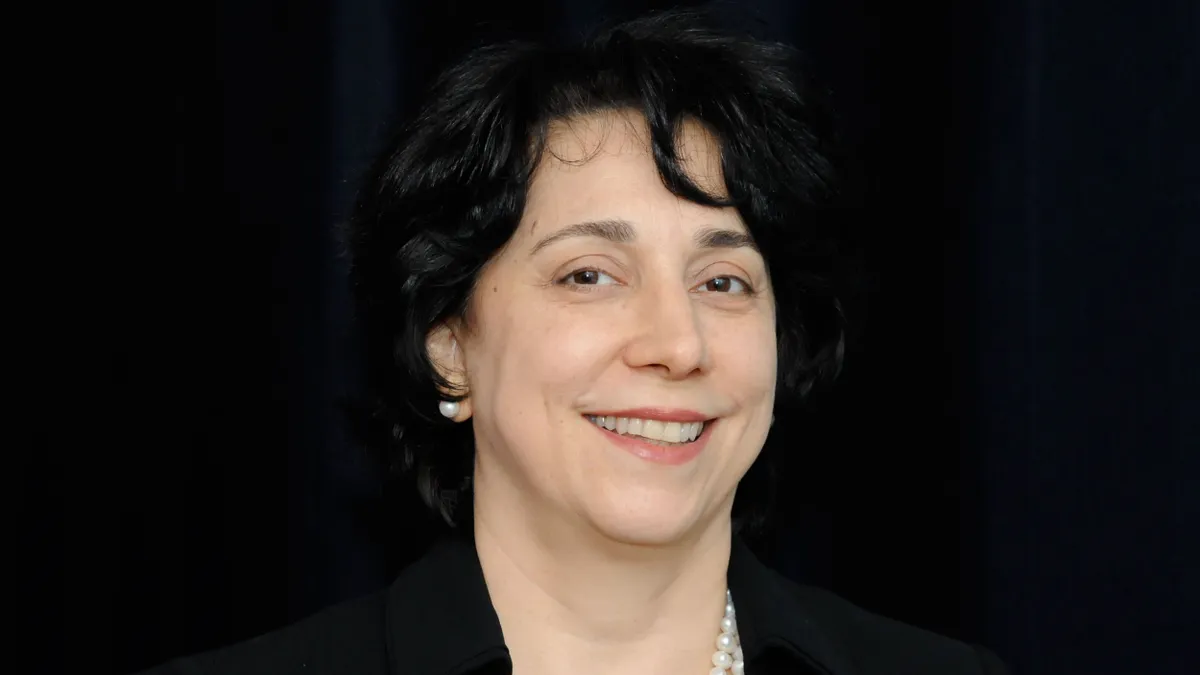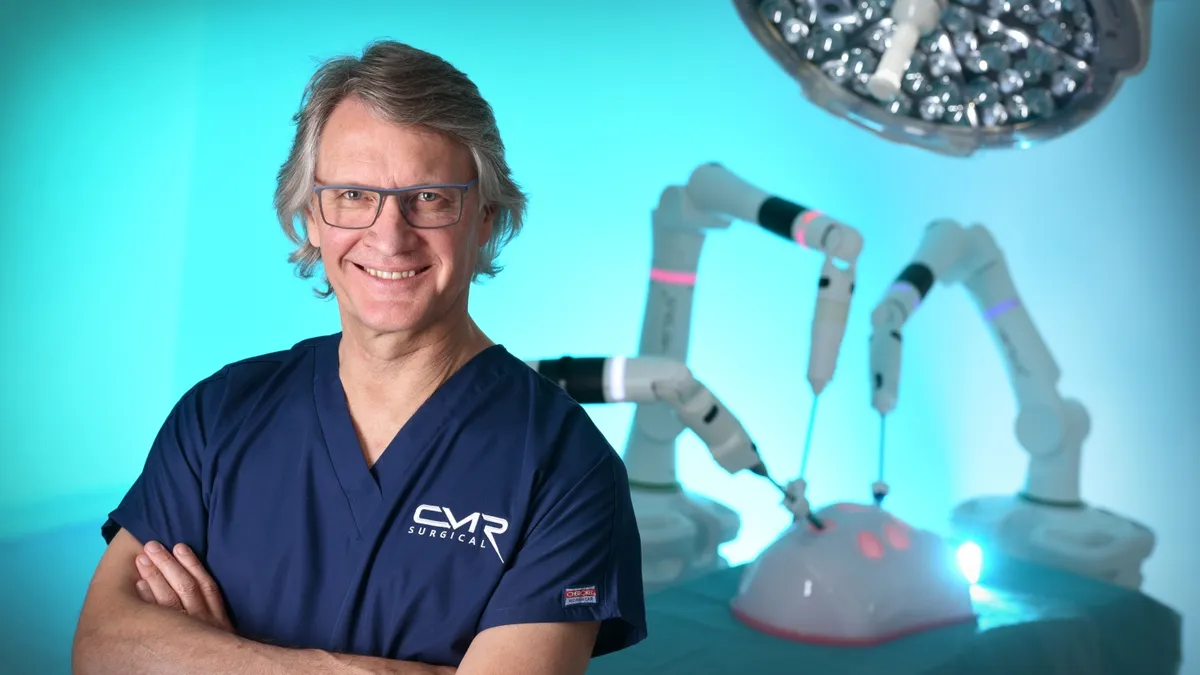In its first year as an independent company, Embecta has grappled with questions about the proliferation of new weight loss drugs and inflationary pressures.
Spun out of BD in 2022, Embecta primarily makes pen needles and syringes for insulin injections. The company reported its fourth-quarter earnings results on Tuesday, with revenues up year over year by 2.7% to $281.9 million and net income of $6 million, improved from a net loss of $17.2 million in the prior-year period.
MedTech Dive caught up with CEO Dev Kurdikar ahead of the company’s earnings results to talk about expectations for future growth, GLP-1s, and navigating the current economic climate.
This interview has been edited for length and clarity.
MEDTECH DIVE: What are your expectations for diabetes products in the U.S. and other markets?
DEV KURDIKAR: For us, the underlying trend is the growth in the number of people with diabetes, and how that is geographically divided.That is a trend that's unlikely to change in the near term.
The almost 500 million people with diabetes is projected to grow to almost 800 million in the next 25 years, and most of that growth is going to occur in emerging markets. Almost half of our revenue comes from international markets. And then within that, we have great emerging market infrastructure.
Our expectations for that certainly haven't changed from even pre-spin from BD, which is flattish in the U.S. markets and growing in the emerging markets.
I’m pleased overall with the execution that our team has done since then. Especially given all the things that have occurred since the spin. The Ukraine war started just before we spun. Inflation rose really, really fast. We were still dealing with COVID disruptions. Through all of that, our team has managed to keep customers' shelves stocked with our product, which we consider truly a competitive advantage for us as a company.
Do GLP-1s drugs factor into your expectations?
GLP-1s certainly have become the topic du jour.
Half of our business is in the U.S. The other half is outside the U.S. Some of it is in emerging markets where there are significantly more restrictions with respect to affordability, reimbursement and access.
If you go back to early 2018, which is when the first weekly GLP-1, Ozempic, was launched in the U.S., and you look at what has happened since then, certainly the weekly GLP-1s have taken off. Their average growth rate has been 40%-plus, but insulin prescriptions have stayed stable through that period. Our U.S. business has stayed stable through GLP-1s, and also through the adoption of insulin pumps.
Type 1 is an autoimmune disease. GLP-1s are not even indicated for Type 1. There is no mechanistic reason to believe they’re going to reverse beta cell loss. Type 2, that's a chronic disease, people progress over time. But generally speaking, even at diagnosis, 40% to 50% of the beta cell function is already lost. And that beta cell function continues to degrade over time.
There is no doubt GLP-1s help. They’re most effective when they are actually used with insulin. And generally speaking, that's what you will see in the day-to-day.
So the question becomes, are you going to see any incremental delay [in the need for insulin]? We haven't seen evidence of that so far. And so overall, we haven't changed our views of the business in the near term.
Can you share any updates on the patch pump you’re developing?
We have resisted from sort of providing quarterly updates on it. We did sign an agreement with Tidepool. You can take that as an indicator of how things are progressing. Our overall strategy remains the same: Let's do the open loop first, and then do the closed loop.
There have been a lot of competitive events in the marketplace for pumps. But we continue to believe that the pump that we are designing is going to be differentiated in the marketplace, and is going to uniquely serve the needs of people with Type 2 diabetes.
How are you navigating the current macroeconomic challenges?
The macro environment is still uncertain, right? If I put it into three big buckets: geopolitical uncertainty, the macroeconomic environment — interest and inflation — and then COVID.
I think COVID is down, but the geopolitical uncertainties now ... is something we watch. We use resin as a raw material. It’s linked to oil prices.
And then on the economic side, you know, interest rates are still high. Our products tend to be single-use, disposable, and really chronic-use products. They're not discretionary products, right? You need insulin, you need them. So that provides some stability. But we look forward to inflation moderating.
We do carry floating-rate debt in our capital structure as a result of the spinoff, so that high interest rates really consume cash that could otherwise be used for other things. Those are things that we continue to watch.


